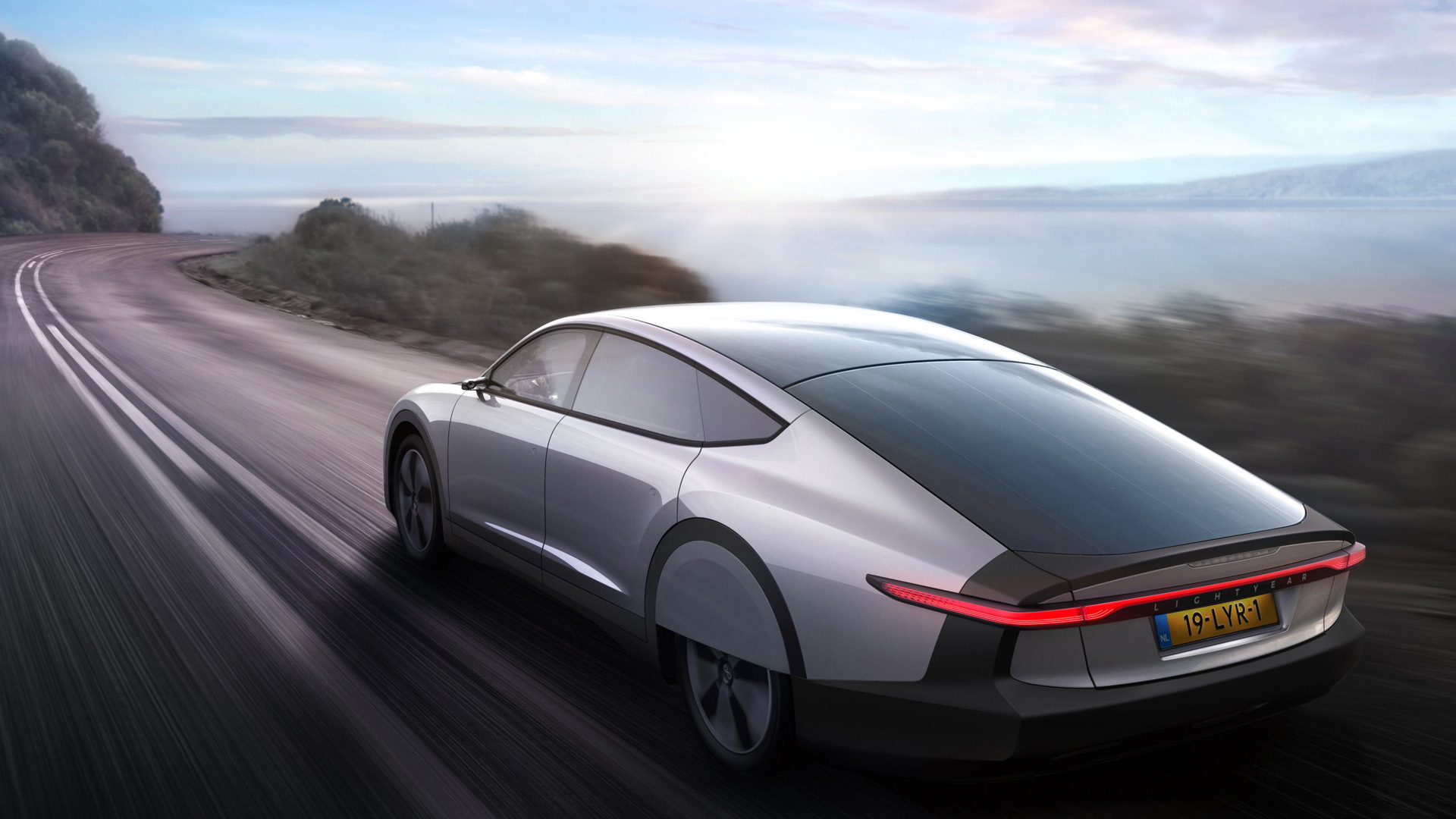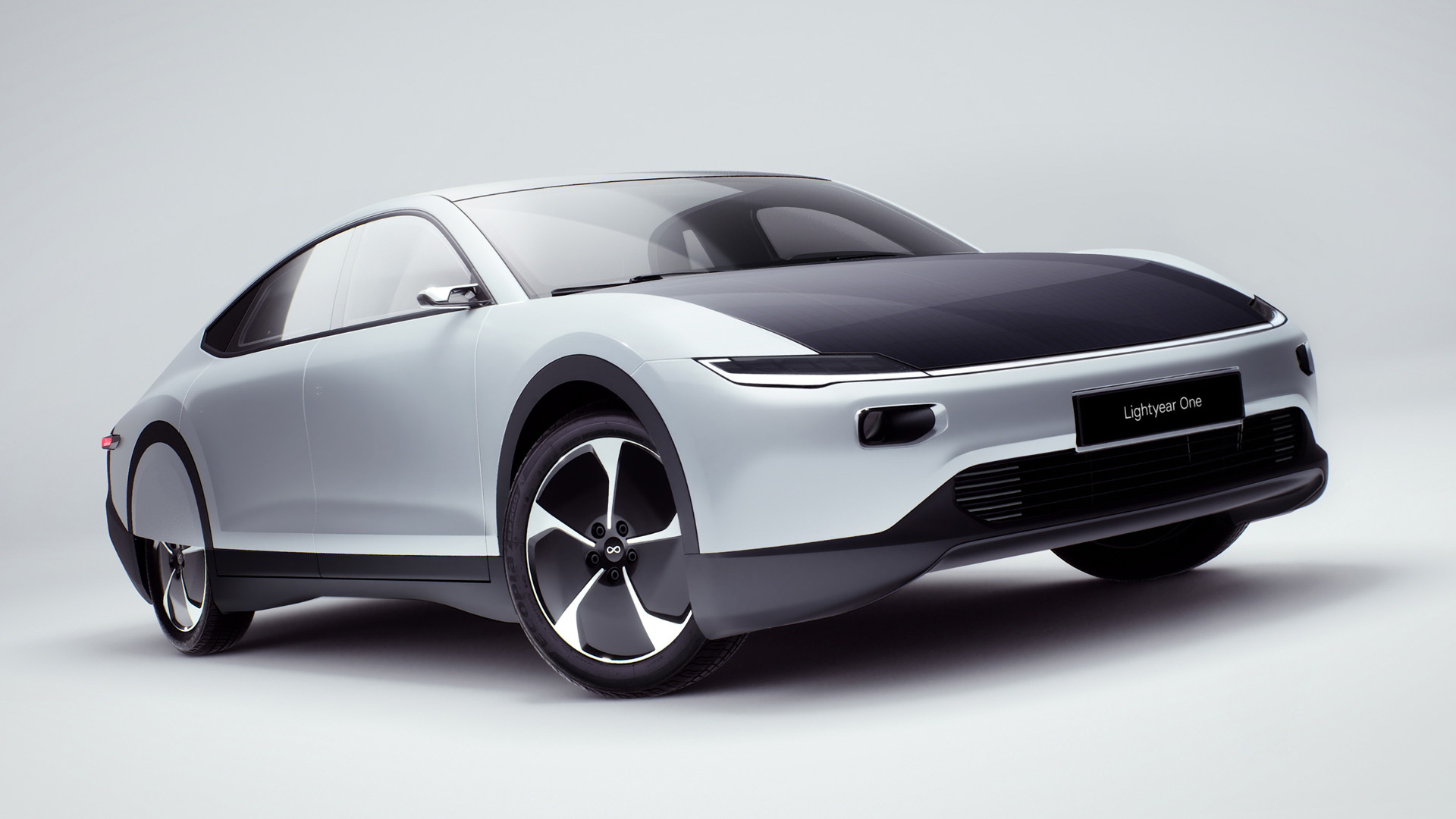The Lightyear One started with a World Solar Challenge champion-team effort, and the project has from the start been focused around uncompromised efficiency and a design that flaunts its solar cells and sleek aerodynamics—as well as the idea of not being so dependent on charging infrastructure.
And now the company appears to be forming its commercial strategy for the $135,000 One, due in 2021, around those same ideas.
According to a company announcement last week, Johan Vos, a former Tesla senior director tasked with Model 3 rollout in Europe, has been appointed to lead the firm toward a market launch during a period of scaling up at the company. That includes setting a delivery and service strategy.
Lightyear is one of the first to claim dynamic gains due to its solar cells. Rather than just a few extra miles from being parked in the sun all day, the firm says it can recover 7.5 miles from each hour. It can also DC fast charge at up to 60 kw, likely on the CCS standard.
In October Lightyear claimed that the One is the most aerodynamic car in the world, with a drag coefficient below 0.20—although in fairness to other automakers that’s for an effort still very much in prototype form.

Lightyear One - comparative efficiency vs. types of vehicles
In a recent post, Lightyear says that by being so efficient and emphasizing solar, it can “leapfrog the grid”—effectively limiting the need to invest in more power plants, reinforce the grid, or set up heavier home chargers or more fast-charging stations. In doing so, it's aiming to be more efficient than the most efficient electric passenger cars. Today, that's vehicles from Tesla.
According to European Union documents, Lightyear has secured 30 million euros of private funding—or 25 percent of the estimated amount of developing the car. As of this summer it reported having about 150 employees, but to get anywhere close to the point of service and delivery, it may well need many more like Vos, with experience in market disruption.

















